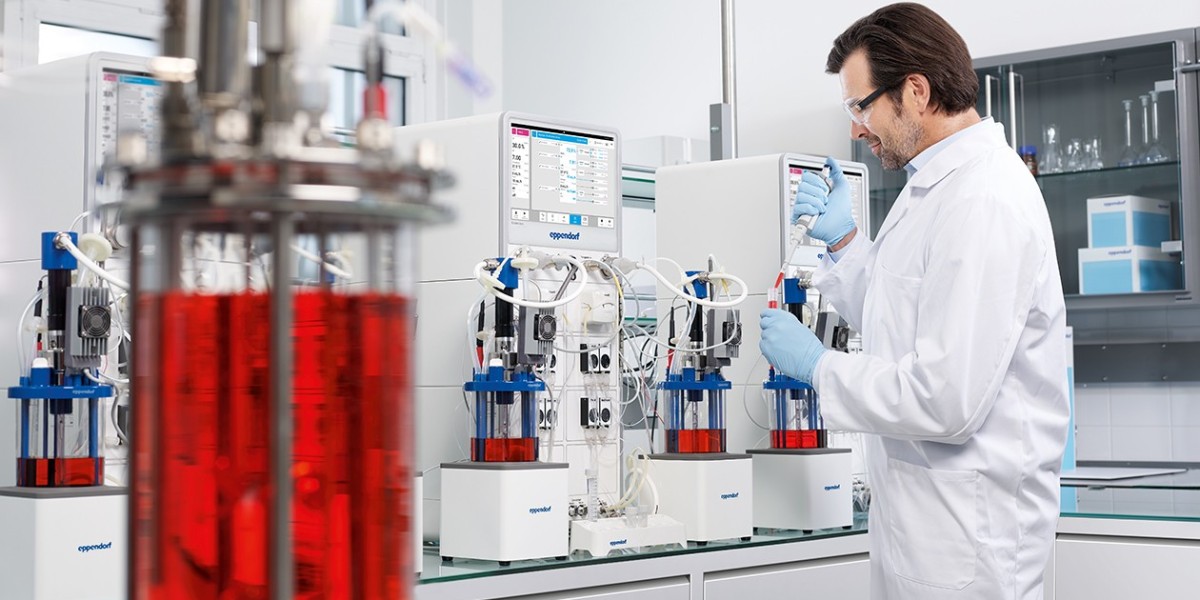In today's fast-paced world, accurate and timely weather information is crucial. From farmers planning their crops to airlines scheduling flights, the demand for reliable weather data spans numerous industries. Enter embedded weather forecasts and real-time weather data—two technological advancements transforming how we interact with and respond to weather changes.
The Evolution of Weather Forecasting
Weather forecasting has come a long way from the days of rudimentary tools and local observations. Early weather predictions were based on empirical patterns and folklore, often leading to inaccurate results. The advent of technology in the 20th century brought significant improvements. Satellite imagery, radar systems, and advanced computer models have enabled meteorologists to provide more precise forecasts.
Despite these advancements, traditional weather forecasting methods still have limitations. Forecasts are typically updated at fixed intervals—often hours apart. This delay can be critical in dynamic weather situations, such as severe storms or sudden temperature drops, where every minute counts.
What is Embedded Weather Forecasting?
Embedded weather forecast is a game-changer in this regard. This technology integrates weather forecasting capabilities directly into various devices and applications. Unlike conventional methods, embedded forecasts provide continuous updates and localized predictions, making weather information more accessible and immediate.
For instance, smart home systems can use embedded weather forecasts to adjust heating and cooling based on the latest temperature predictions. Similarly, automotive navigation systems can reroute drivers to avoid hazardous weather conditions in real time. By embedding weather forecasts into everyday technology, we can enhance safety, efficiency, and comfort.
The Role of Real-Time Weather Data
Real-time weather data is the backbone of embedded weather forecasting. This data is collected from a vast network of sources, including weather stations, satellites, buoys, and even personal weather stations. It is then processed and disseminated almost instantaneously.
One of the key benefits of real-time weather data is its ability to provide hyper-localized information. Traditional forecasts often cover large areas, leading to generalized predictions. Real-time data, however, can offer precise weather conditions for specific locations, down to a single street or neighborhood. This level of detail is invaluable for applications such as agriculture, where microclimates can significantly impact crop yields.
Applications Across Various Industries
The integration of embedded weather forecasts and real-time weather data is revolutionizing numerous sectors:
- Agriculture: Farmers can use real-time weather data to make informed decisions about planting, irrigation, and harvesting. Embedded forecasts help anticipate frost, drought, or excessive rainfall, thereby minimizing crop damage and optimizing yield.
- Transportation: Airlines, shipping companies, and logistics providers rely on real-time weather data to ensure safe and efficient operations. By anticipating adverse weather conditions, they can reroute flights, adjust shipping schedules, and improve overall safety.
- Energy: Power companies use weather forecasts to predict energy demand and supply. For example, real-time data helps manage renewable energy sources like wind and solar, which are highly weather-dependent.
- Construction: Weather-sensitive construction projects benefit from real-time data to schedule work and protect materials. Accurate forecasts help in planning activities like concrete pouring, which requires specific temperature ranges.
- Retail: Weather impacts consumer behavior, and businesses can use embedded forecasts to optimize inventory and marketing strategies. For instance, retailers can stock up on rain gear ahead of a predicted storm.
Enhancing Personal Safety and Convenience
On a personal level, embedded weather forecasts and real-time weather data can enhance everyday life. Wearable devices, such as smartwatches, can provide instant weather alerts, helping individuals prepare for sudden changes. Mobile apps with integrated weather forecasting can inform users about the best times for outdoor activities, commuting, or travel.
Additionally, emergency services benefit significantly from real-time weather data. First responders can use this information to plan and execute rescue operations more effectively during natural disasters.
The Future of Weather Forecasting
The future of weather forecasting lies in further refining these technologies. With advancements in machine learning and artificial intelligence, predictive models will become even more accurate. These models can analyze vast amounts of data quickly, identifying patterns that humans might miss.
Moreover, the Internet of Things (IoT) is set to play a pivotal role. As more devices become connected, the network for collecting and sharing real-time weather data will expand. This interconnected system will enhance the accuracy and reliability of weather forecasts, making them indispensable in our daily lives.
Conclusion
Embedded weather forecasts and real-time weather data represent a significant leap forward in meteorology. By integrating these technologies into various applications, we can achieve more accurate, localized, and timely weather predictions. This evolution not only enhances safety and efficiency across multiple industries but also improves personal convenience and preparedness. As technology continues to advance, we can look forward to even more innovative and effective ways to harness weather data, ensuring that we are always one step ahead of the elements.



